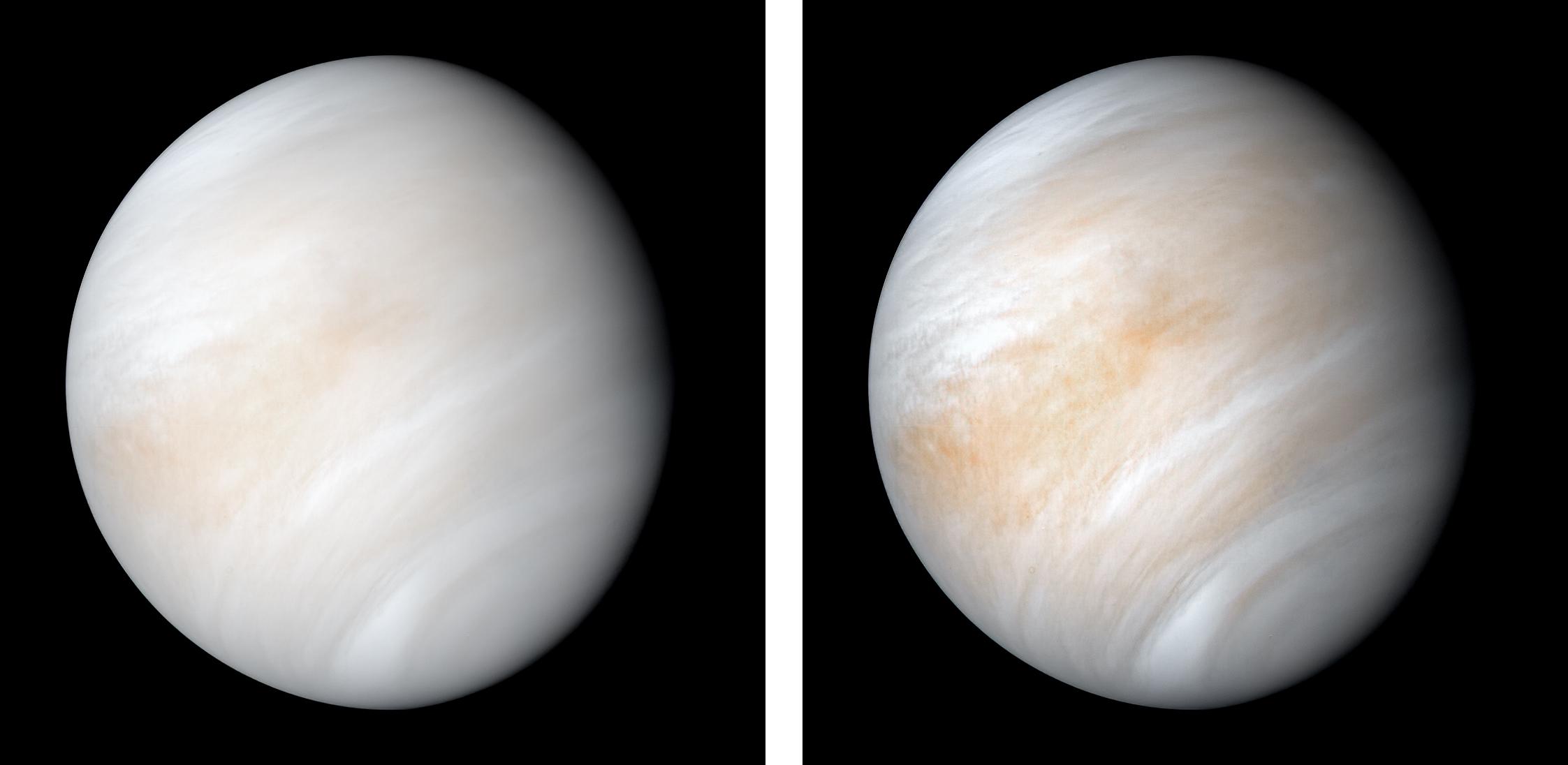News release
From:
Planetary science: Water activity of Venus’s clouds too low to sustain life
The relative availability of water within the clouds of Venus and most planets in the Solar System is too low to sustain even organisms that are adapted to live in extreme environments on Earth, suggests a paper published in Nature Astronomy. This finding indicates that most cloudy planetary environments are not conducive to life as we know it.
Water activity, measured on a scale of 0 to 1, is equivalent to the relative humidity, or availability of water, in a planet’s atmosphere. The water activity of an environment can considerably affect organisms, including those that are capable of living in extreme environments, known as extremophiles. Laboratory studies have shown that life requires a water activity of at least 0.585 for metabolism and reproduction to take place.
John Hallsworth and colleagues calculated the limit for life due to water activity within the clouds of Venus and other planets in the Solar System. The authors find that droplets of sulphuric acid reduce the water activity of Venus’s clouds to below 0.004, more than 100 times less than the limit for life. Comparatively, the representative water activity in Mars’s clouds is 0.537, which is slightly below the habitable range for life and similar to that of the second layer, or stratosphere, of the Earth’s atmosphere. The lowest atmospheric layer of Earth, the troposphere, is, however, permissible for life. Jupiter’s atmosphere has a biologically permissive water activity of greater than 0.585 for temperatures between –10 °C and +40 °C, although factors such as cloud composition may limit habitability.
The authors conclude that the approach used in this study can also be used to determine water activity in the atmospheres of planets beyond our Solar System, thus narrowing down the extraterrestrial search for life.



 International
International


